Introduction: Understanding the Need to Protect Wooden Floors from Scratches
Wooden floors are a popular choice for both home owners and business owners due to their aesthetic appeal and ability to add value to a property. it is crucial to protect wooden floors from scratches in order to maintain their beauty and preserve their value.
Scratches can have a significant impact on the aesthetic and value of wooden floors. They can make the floor look dull and aged, detracting from its overall appeal. Additionally, scratches can be difficult and expensive to repair, as they may require sanding down and refinishing the wood. This can be a time-consuming process that can disrupt the normal use of the space.
Common sources of scratches on wooden floors include furniture, pets, and children’s toys with wheels. Furniture can cause scratches when it is moved around, as the legs can drag across the floor. Pets can also be a source of scratches, as their claws can dig into the wood. Children’s toys with wheels, such as tricycles and scooters, can leave marks on the floor when they are ridden across it.
To protect wooden floors from scratches, there are several preventative measures that can be taken. Using furniture coasters and felt pads on the legs of furniture can help to reduce friction and prevent scratches. Keeping pets’ nails trimmed can also minimize the risk of scratches. Additionally, using rugs or mats in areas where children’s toys with wheels are used can provide a protective barrier for the floor.
By taking these steps to protect wooden floors from scratches, home and business owners can ensure that their floors remain in good condition and retain their aesthetic appeal and value.
The Vulnerability of Different Types of Wooden Floors to Scratches
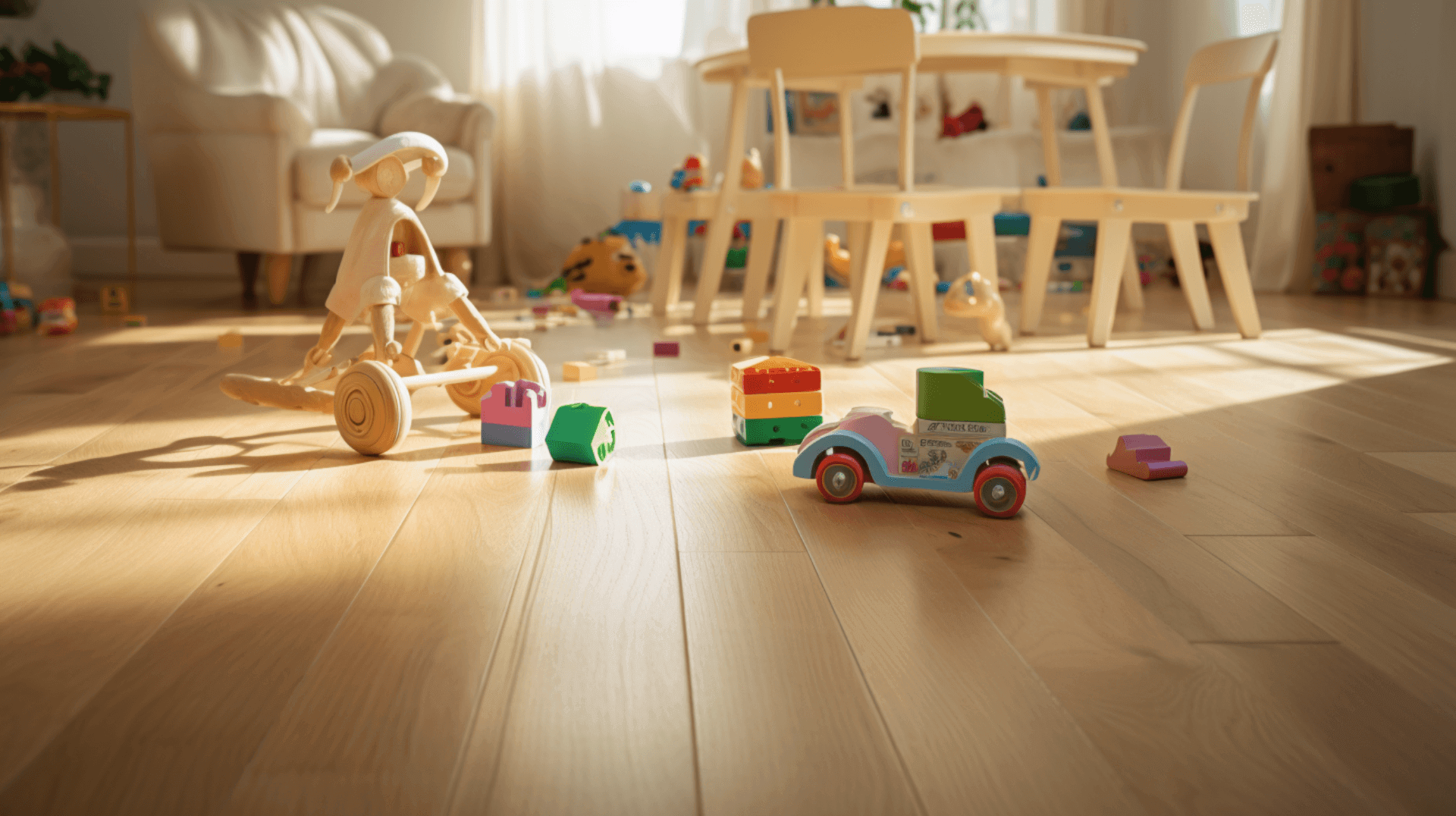
Different types of wooden floors vary in their vulnerability to scratches. Solid wood floors are more susceptible to scratches than engineered wood floors, as they are made from a single piece of wood and are therefore more prone to damage. Engineered wood floors, on the other hand, are made from multiple layers of wood and are more resistant to scratches.
The hardness and finish of the wood also affect its resistance to scratches. Harder woods, such as oak and maple, are more resistant to scratches than softer woods, such as pine and cedar. Additionally, a glossy finish can help to protect the wood from scratches, as it provides a protective layer that can reduce the impact of scratches.
In order to protect wooden floors from scratches, it is important to consider the type of floor, the hardness of the wood, and the finish of the wood. Solid wood floors are more vulnerable to scratches than engineered wood floors, and harder woods and glossy finishes can help to reduce the risk of scratches. By taking these factors into account, home and business owners can ensure that their wooden floors remain in good condition and retain their aesthetic appeal and value.
The Impact of Children’s Toys with Wheels on Wooden Floors

Children’s toys with wheels can cause scratches on wooden floors, as the wheels can dig into the wood and leave marks. Toys such as tricycles, scooters, and ride-on cars are particularly damaging to wooden floors, as they are ridden across the floor and can cause deep scratches.
The frequency and manner of toy use can also affect the extent of floor damage. Toys that are used frequently and in a rough manner can cause more scratches than those that are used less often and in a gentle manner. Additionally, toys that are ridden across the floor in a straight line can cause more scratches than those that are ridden in circles.
To protect wooden floors from scratches caused by children’s toys with wheels, it is important to take preventative measures. Using rugs or mats in areas where the toys are used can provide a protective barrier for the floor. Additionally, teaching children to use the toys in a gentle manner and to ride them in circles can help to reduce the risk of scratches.
It is also important to avoid disputes with the customer or responding negatively to any complaints or criticism. Before starting work, it is recommended to carry out a check of any pre-existing problems or defects and declare them to the customer. This can help to prevent any misunderstandings or disputes regarding floor damage caused by children’s toys.
By implementing these preventative measures and maintaining open communication with the customer, home and business owners can protect their wooden floors from scratches caused by children’s toys with wheels.
Proactive Measures: Choosing ScratchResistant Wooden Flooring
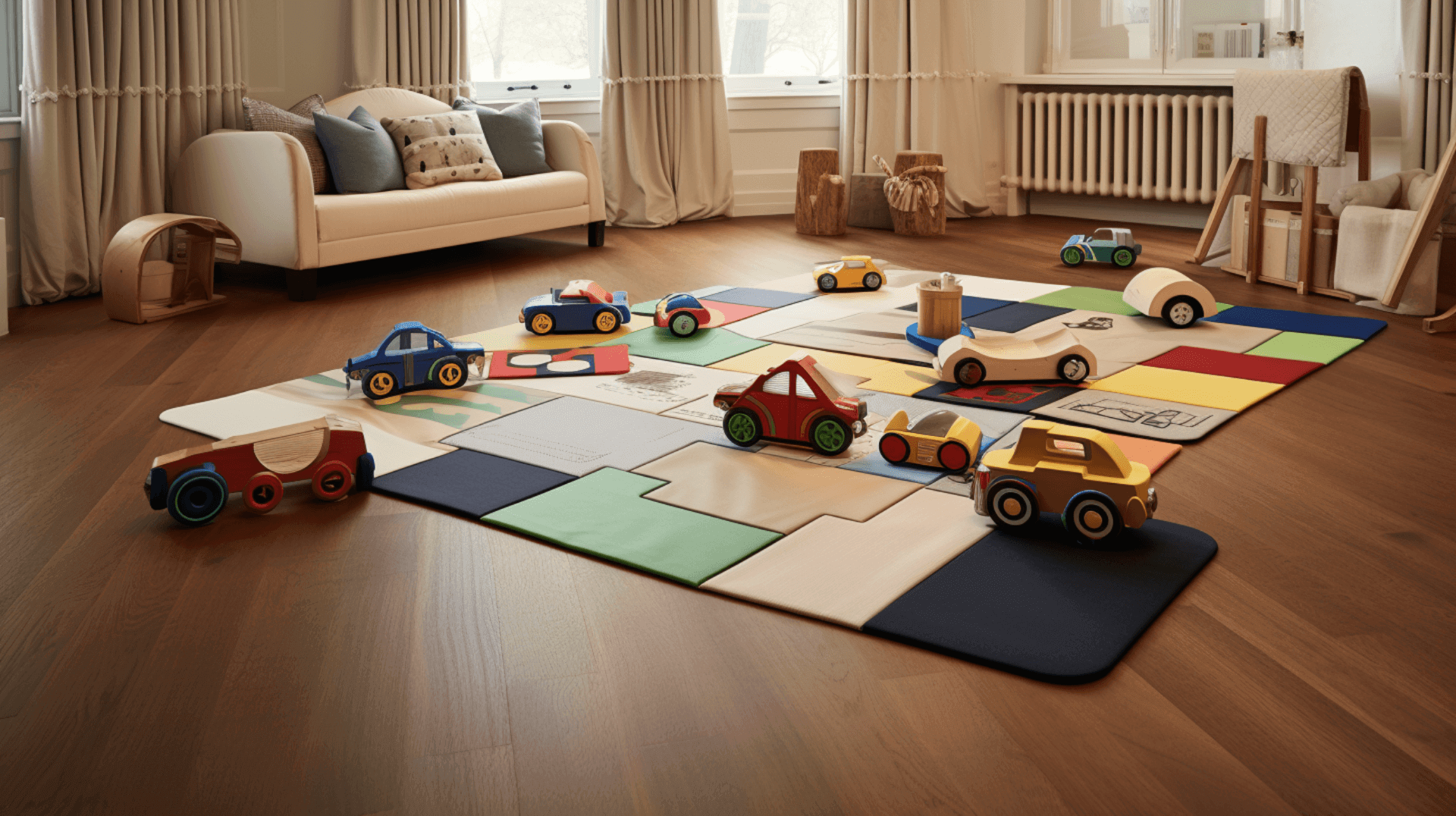
Choosing the right type of wooden flooring is crucial when it comes to minimizing the need for floor protection and maintenance, especially in homes with children. Harder woods like oak and maple are more resistant to scratches, making them a suitable choice for households with active children and toys with wheels. Additionally, engineered wood floors, with their multiple layers, offer enhanced scratch resistance compared to solid wood floors.
Considering the type of toys that will be used is also important. Toys such as tricycles, scooters, and ride-on cars can cause more scratches than other types of toys. Therefore, selecting a flooring material that is specifically designed to resist these types of scratches is recommended. Additionally, using rugs or mats in areas where these toys are used can provide an extra layer of protection for the floor.
It is also worth considering the Janka hardness rating of the wood, as it provides an indication of its resistance to scratches. Furthermore, verifying the moisture content of the flooring, substrate, and ambient conditions in the space surrounding the flooring system is essential. Ensuring that the moisture content of replacement boards does not differ by more than 2 percent from the existing floor is important for maintaining the integrity of the flooring.
By taking these factors into account and making an informed decision when choosing scratch-resistant flooring, home and business owners can protect their wooden floors from scratches caused by children’s toys with wheels. This will help maintain the floor’s aesthetic appeal, minimize the need for floor protection and maintenance, and preserve its value. Additionally, it is important to communicate with the customer and address any concerns or issues promptly and professionally.
Preparing Your Wooden Floor for Scratch Protection
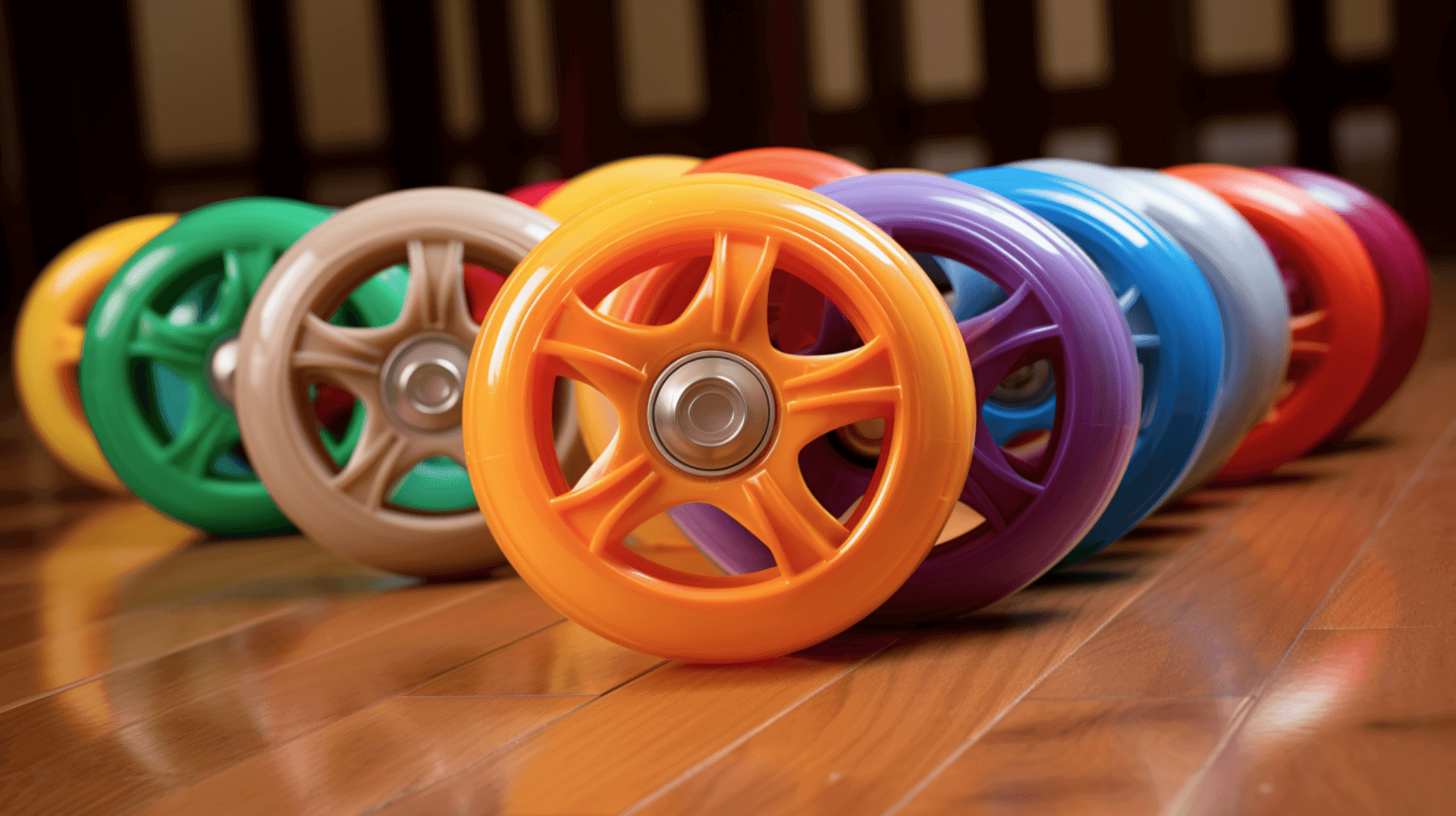
Preparing a wooden floor for scratch protection is an important step in protecting it from damage. The first step is to ensure that the floor is clean and free from dirt and debris. This can be done by vacuuming or sweeping the floor regularly. Additionally, it is important to use the right cleaning and maintenance products to ensure that the floor is properly cared for.
Cleaning and maintenance practices can also affect the effectiveness of scratch protection. For example, using the wrong cleaning products can damage the floor’s finish and make it more vulnerable to scratches. Additionally, using too much water or cleaning too often can cause the wood to swell and warp, making it more susceptible to scratches.
When it comes to cleaning and maintaining wooden floors, it is important to use the right products. Mild detergents, such as dish soap, are suitable for cleaning wooden floors. Additionally, using a wood floor cleaner specifically designed for wooden floors can help to protect the floor from scratches. It is also important to use a wood floor polish or wax to protect the floor from scratches and to maintain its shine.
By following these cleaning and maintenance practices, home and business owners can effectively prepare their wooden floors for scratch protection. This will help preserve the floor’s appearance, minimize the need for repairs, and extend its lifespan.
Exploring Floor Protection Options: Mats, Rugs, and Pads
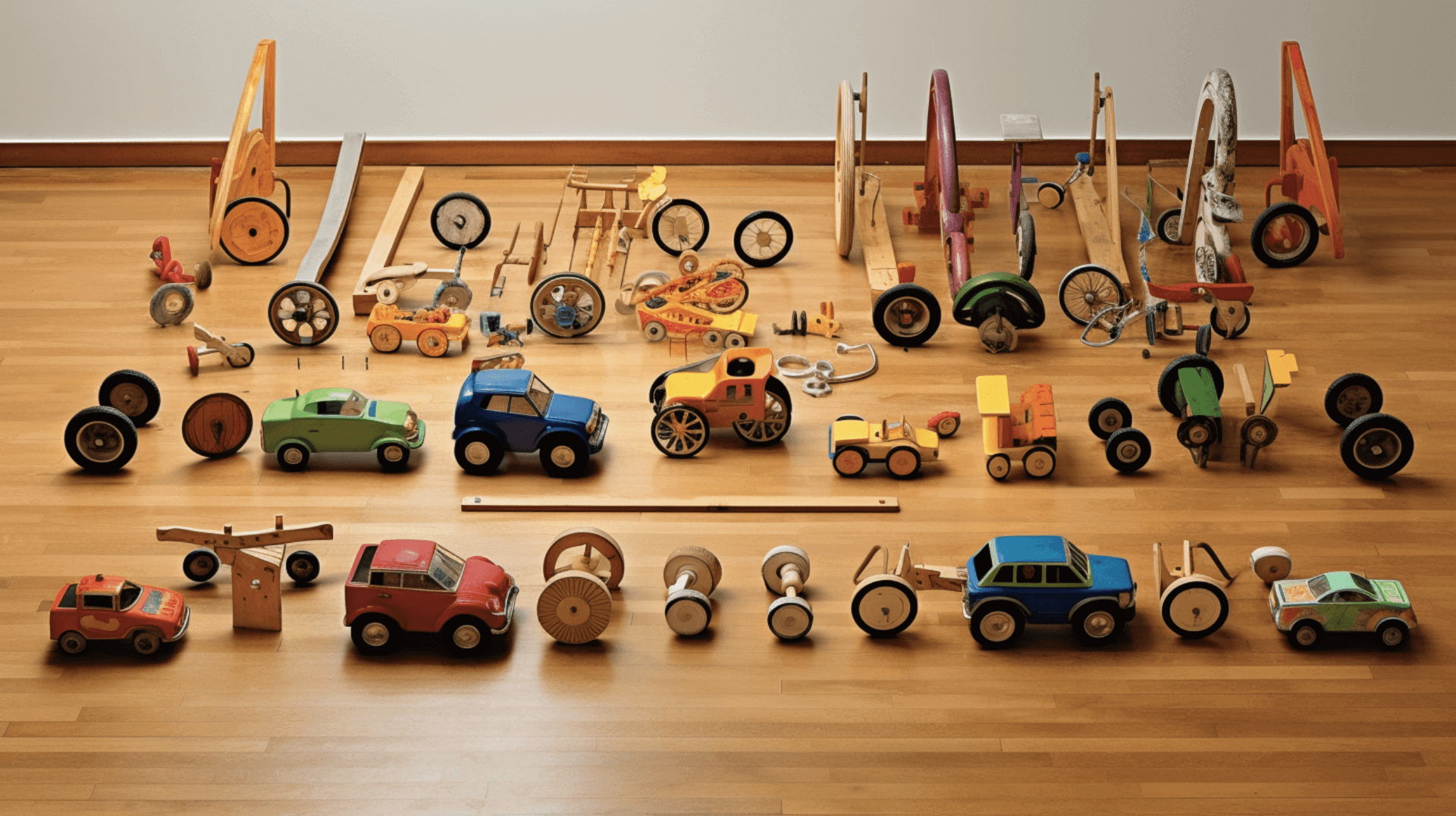
Mats, rugs, and pads are highly effective in preventing scratches from children’s toys with wheels. These floor protection options create a reliable barrier between the floor and the toys, significantly reducing the risk of scratches. they offer the added benefit of reducing noise and vibration, enhancing the overall experience of using the toys.
When selecting mats, rugs, or pads for floor protection, it is crucial to consider the specific type of toys that will be used. For toys with wheels, mats and rugs made of rubber or plastic are particularly suitable as they provide superior scratch protection. These materials are durable and resilient, effectively preventing any damage to the wooden floor. Additionally, the size and shape of the area where the toys will be used should be taken into account to ensure the appropriate size and type of floor protection.
By carefully choosing the right floor protection options, home and business owners can effectively safeguard their wooden floors from scratches caused by children’s toys with wheels. These measures not only preserve the floor’s appearance but also extend its lifespan. Regular cleaning and maintenance of the floor protection options will ensure their continued effectiveness in preventing scratches.
The Role of Furniture Pads in Protecting Wooden Floors
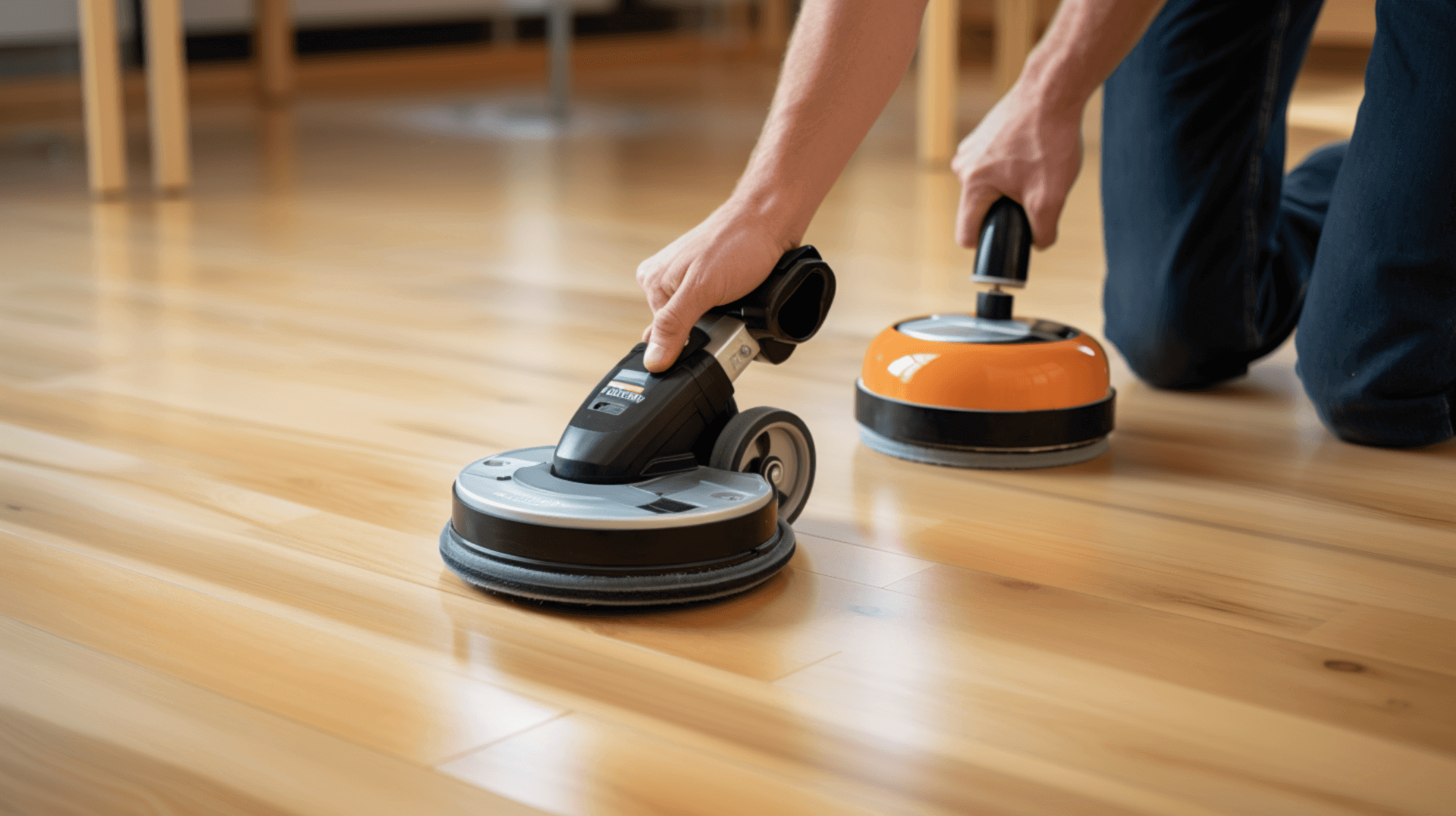
Furniture pads are an effective way to protect wooden floors from scratches. They provide a cushion between the furniture and the floor, reducing the risk of scratches and other damage. Additionally, furniture pads can help reduce noise and vibration, making the furniture more comfortable to use.
When selecting furniture pads, it is important to consider the type of furniture and the type of flooring. For example, felt pads are suitable for furniture with metal legs, while rubber pads are more suitable for furniture with wooden legs. Additionally, furniture pads made of cork or rubber are suitable for all types of furniture and flooring. It is also important to ensure that the furniture pads are securely attached to the furniture legs and regularly checked for signs of wear and tear. Additionally, furniture pads should be cleaned regularly to ensure that they remain effective in protecting the floor.
While the information about improving the thermal performance of a suspended timber floor is valuable, it is not directly related to the topic of furniture pads and scratch protection for wooden floors. Therefore, it is not necessary to include that information in this particular response.
Using Toy Wheels Covers for Scratch Prevention
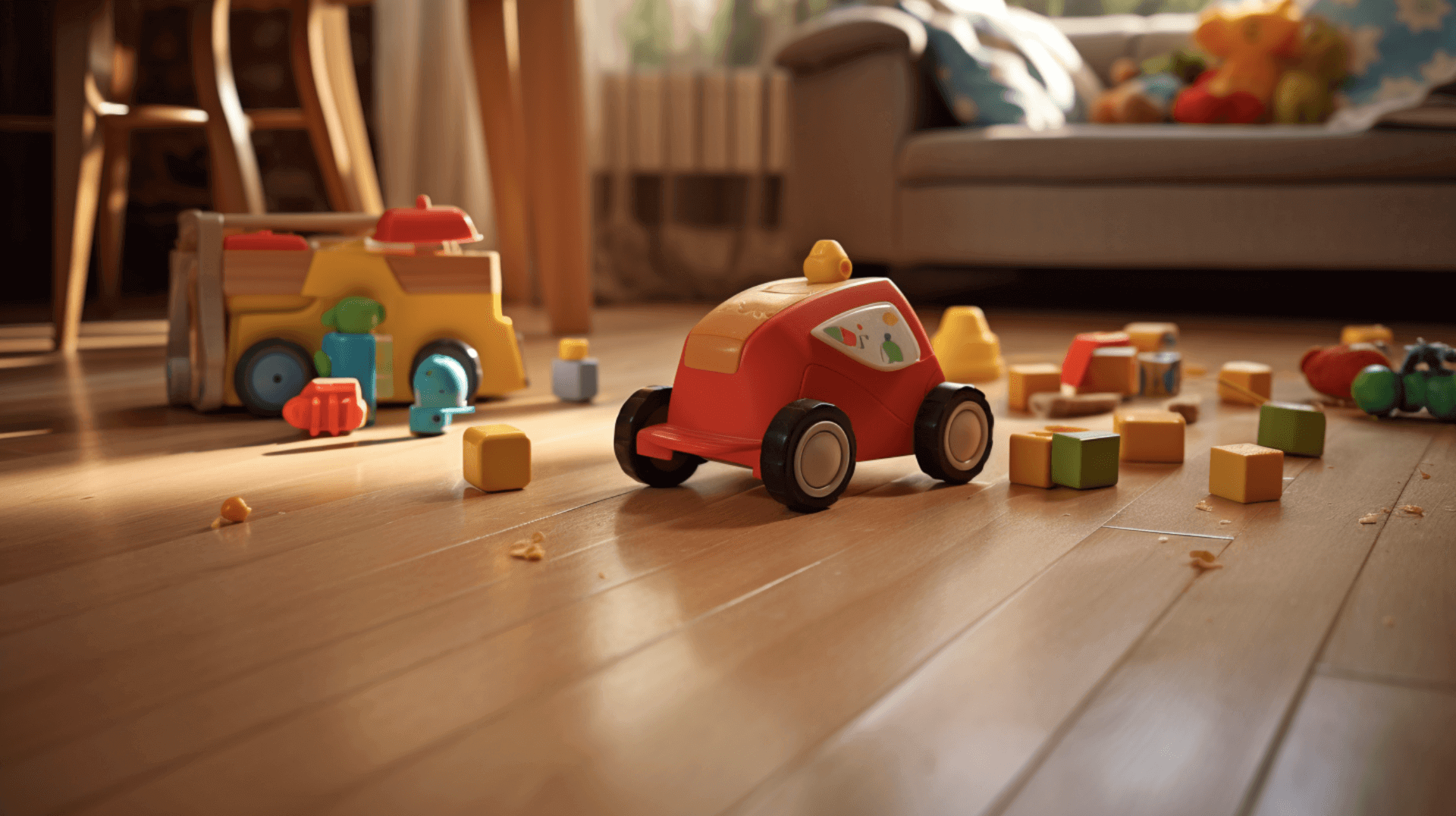
Wheel covers for toys are an effective way to protect wooden floors from scratches. They provide a barrier between the wheels and the floor, significantly reducing the risk of scratches. Additionally, wheel covers can help reduce noise and vibration, making the toys more comfortable to use.
When selecting wheel covers, it is important to consider the type of wheels and the type of flooring. Rubber wheel covers are suitable for wheels with metal rims, while felt wheel covers are more suitable for wheels with wooden rims. Cork or rubber wheel covers are suitable for all types of wheels and flooring. It is also important to ensure that the wheel covers are securely attached to the wheels and regularly checked for signs of wear and tear. Regular cleaning of the wheel covers will help maintain their effectiveness in protecting the floor.
When installing wheel covers, it is crucial to follow the manufacturer’s instructions to ensure proper installation and safety. It is also important to verify that the address for installation is correct and that the technician has the necessary credentials to perform the installation.
By using appropriate wheel covers and following proper installation and maintenance practices, home and business owners can effectively prevent scratches on their wooden floors caused by toys with wheels. This proactive approach helps preserve the floor’s appearance and extends its lifespan.
Regular Maintenance and Prompt Repair of Scratches
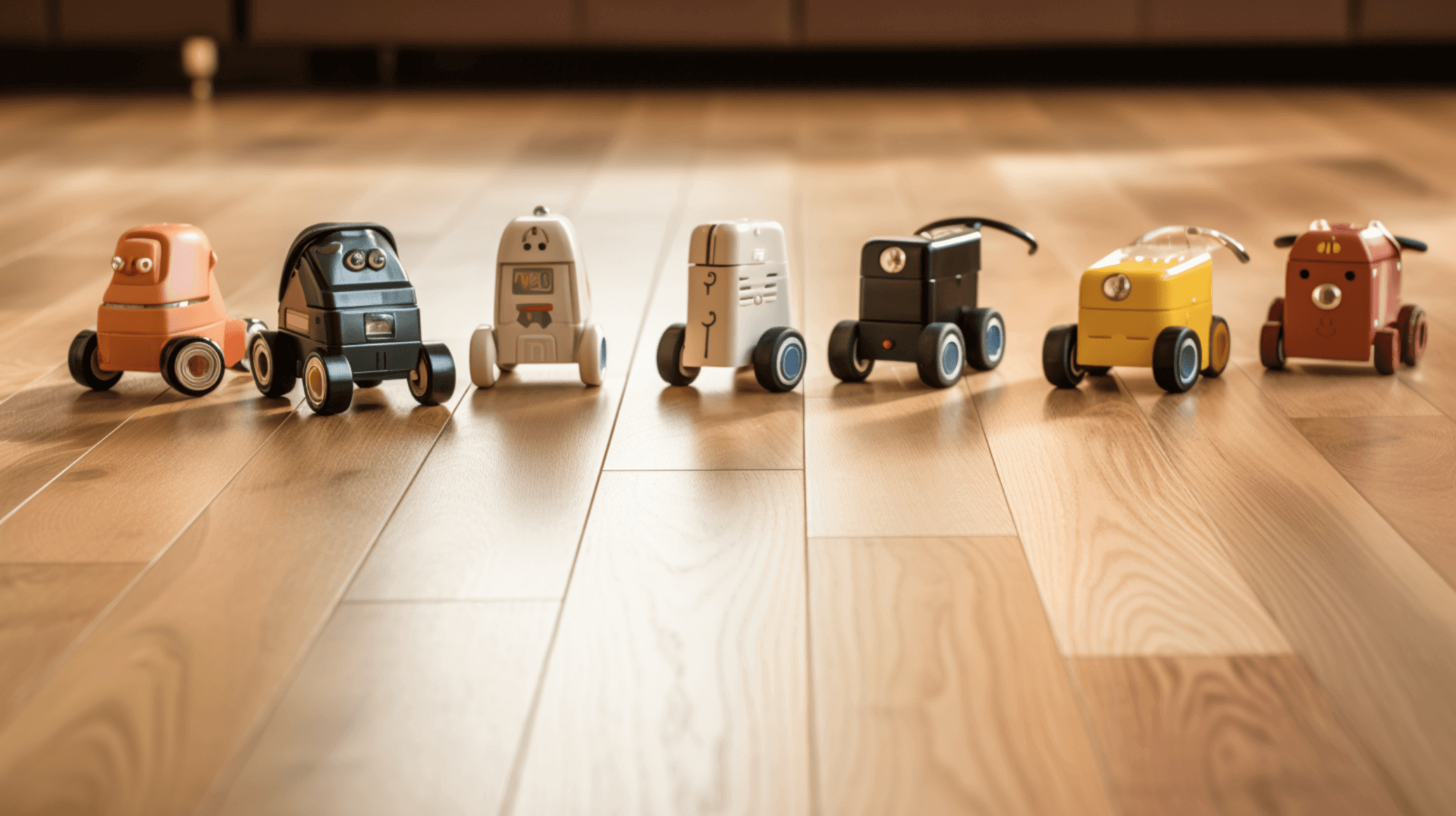
Regular maintenance and prompt repair of scratches are essential for preserving the appearance and lifespan of wooden floors. Regular cleaning and inspection of the floor can help identify scratches and other damage early, allowing for prompt repair and preventing further damage.
When repairing scratches on wooden floors, it is important to use the appropriate materials and techniques. For minor scratches, a wood filler can be used to fill in the scratch and restore the floor’s appearance. For deeper scratches, sanding and refinishing may be necessary. It is also important to use the appropriate cleaning products and techniques to ensure that the floor is not damaged further.
While the information about improving the thermal performance of a suspended timber floor is valuable, it is not directly related to the topic of regular maintenance and prompt repair of scratches. Therefore, it is not necessary to include that information in this particular response.
Professional Services for Wooden Floor Protection and Maintenance
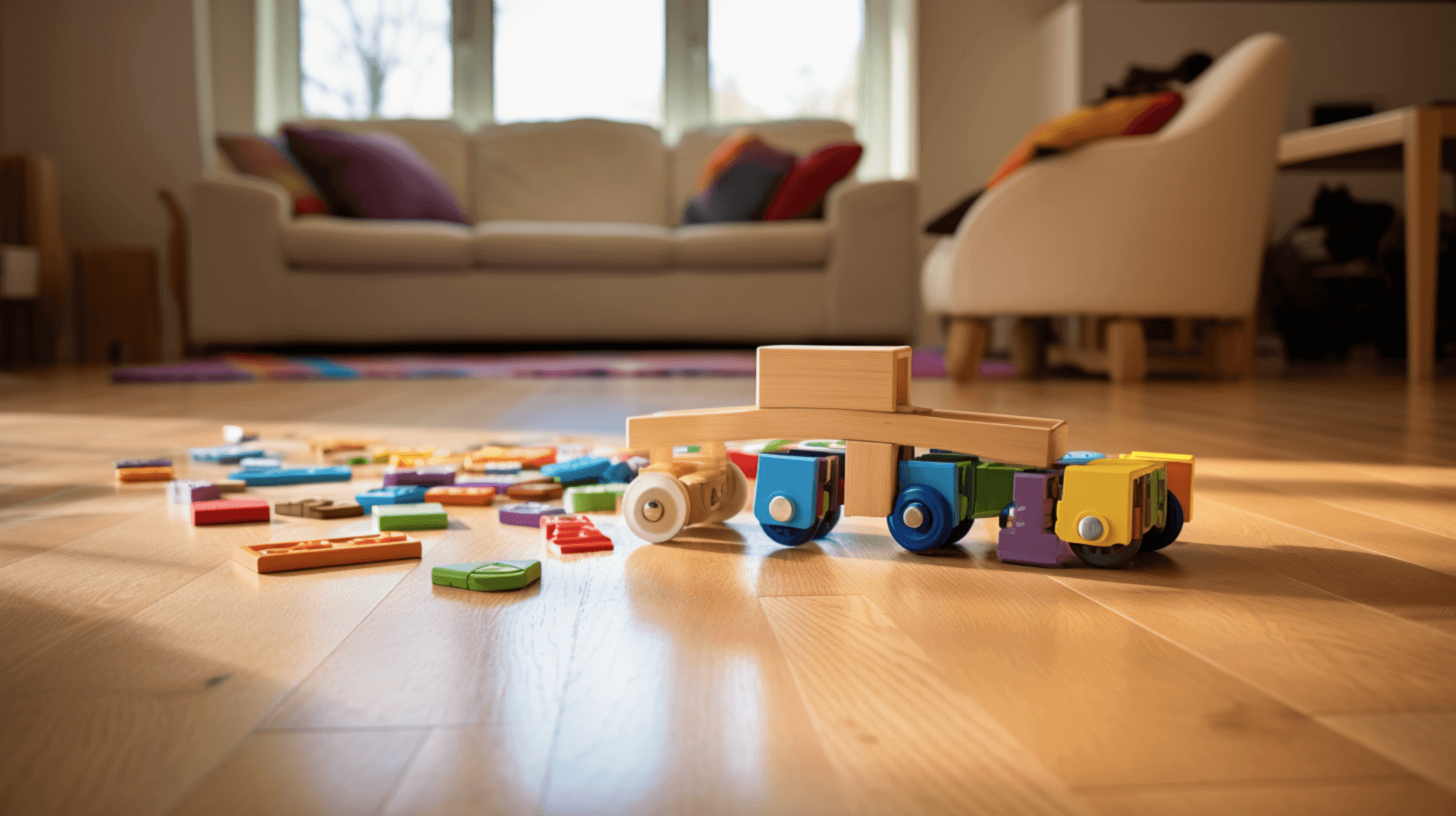
Professional services for wooden floor protection and maintenance, such as those offered by GJP Floor Sanding, can be highly beneficial for home and business owners looking to extend the life and enhance the appearance of our wooden floors. GJP Floor Sanding provides a comprehensive range of services, including floor sanding, staining, sealing, and waxing, which are designed to restore the floor’s appearance and protect it from further damage.
In addition to these services, GJP Floor Sanding also offers expert advice on the best practices for protecting and maintaining wooden floors. We can provide guidance on the use of vapor permeance materials with a perm rating of no less than 1 perm, which act as a class III vapor retarder. We can also offer recommendations on pre-tensioning, reducer strips, relative humidity management, and the use of push-blocks/push-sticks for safe handling. GJP Floor Sanding can even advise on the use of ring shank nails and ring-porous species, which enhance the holding characteristics of the floor and are suitable for different sizes and materials.
By utilizing professional services like those provided by GJP Floor Sanding, home and business owners can benefit from our expertise in identifying and repairing existing damage, as well as our knowledge of the best products, techniques, and materials for protecting and maintaining wooden floors. Our thorough assessments of moisture content, signs of decay, and infestation ensure the long-term health and beauty of the wooden floors. Additionally, GJP Floor Sanding can provide visual inspection of all floor voids for the presence of water or condensate pipes, ensuring that any potential issues are addressed promptly.
Overall, professional services for wooden floor protection and maintenance offer a comprehensive solution for preserving and enhancing the appearance of wooden floors, providing peace of mind for home and business owners.
Expert Advice: Tips and Tricks from GJP Floor Sanding Professionals
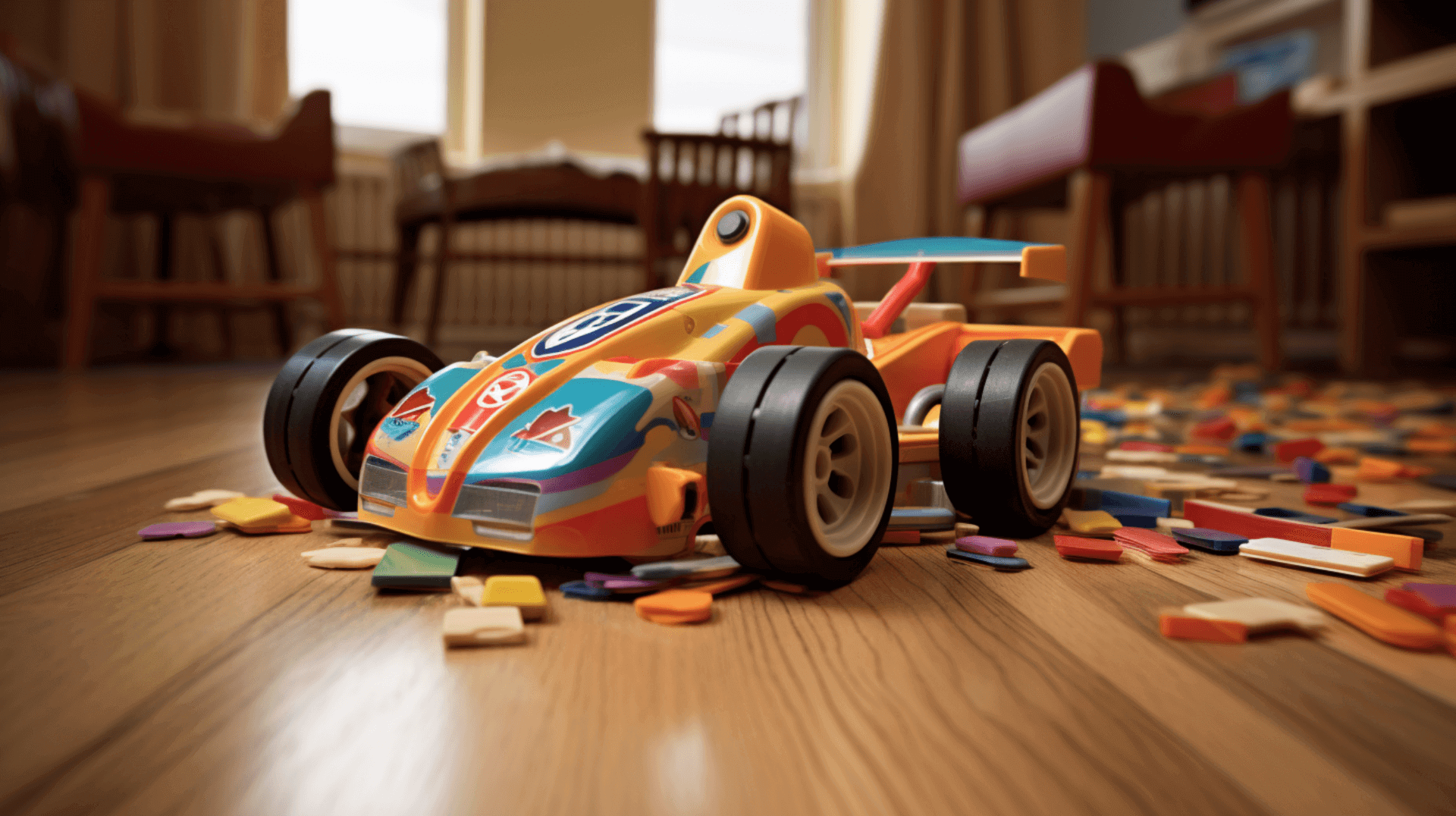
GJP Floor Sanding professionals have a wealth of knowledge and experience when it comes to protecting and maintaining wooden floors. We understand the importance of using vapor permeance materials with a perm rating of no less than 1 perm, as well as implementing practices like pre-tensioning, reducer strips, relative humidity management, and the use of push-blocks/push-sticks for safe handling. We can also provide guidance on the use of ring shank nails and ring-porous species to enhance the holding characteristics of the floor.
In addition to these practices, GJP Floor Sanding professionals can offer advice on insulation, ventilation, air testing, and the isolation of services and mains supply. We can also provide insights on moisture control barriers, cold bridging, protected species, and various options for insulating a suspended timber floor, such as roll or batt insulation, spray foam, and underfloor heating.
When it comes to common mistakes to avoid, GJP Floor Sanding professionals emphasize the importance of using the correct cleaning products, regularly inspecting the floor for damage, and employing the appropriate materials and techniques for repairing scratches. By avoiding these mistakes and following our expert advice, homeowners and business owners can effectively protect and maintain our wooden floors, ensuring our longevity and enhancing our appearance.
Overall, GJP Floor Sanding professionals offer comprehensive expertise that covers a wide range of practices and considerations for wooden floor protection and maintenance. Our knowledge and guidance can greatly benefit those looking to preserve the beauty and durability of our wooden floors.
Contact Us: Ensuring Your Wooden Floors’ Longevity with GJP Floor Sanding
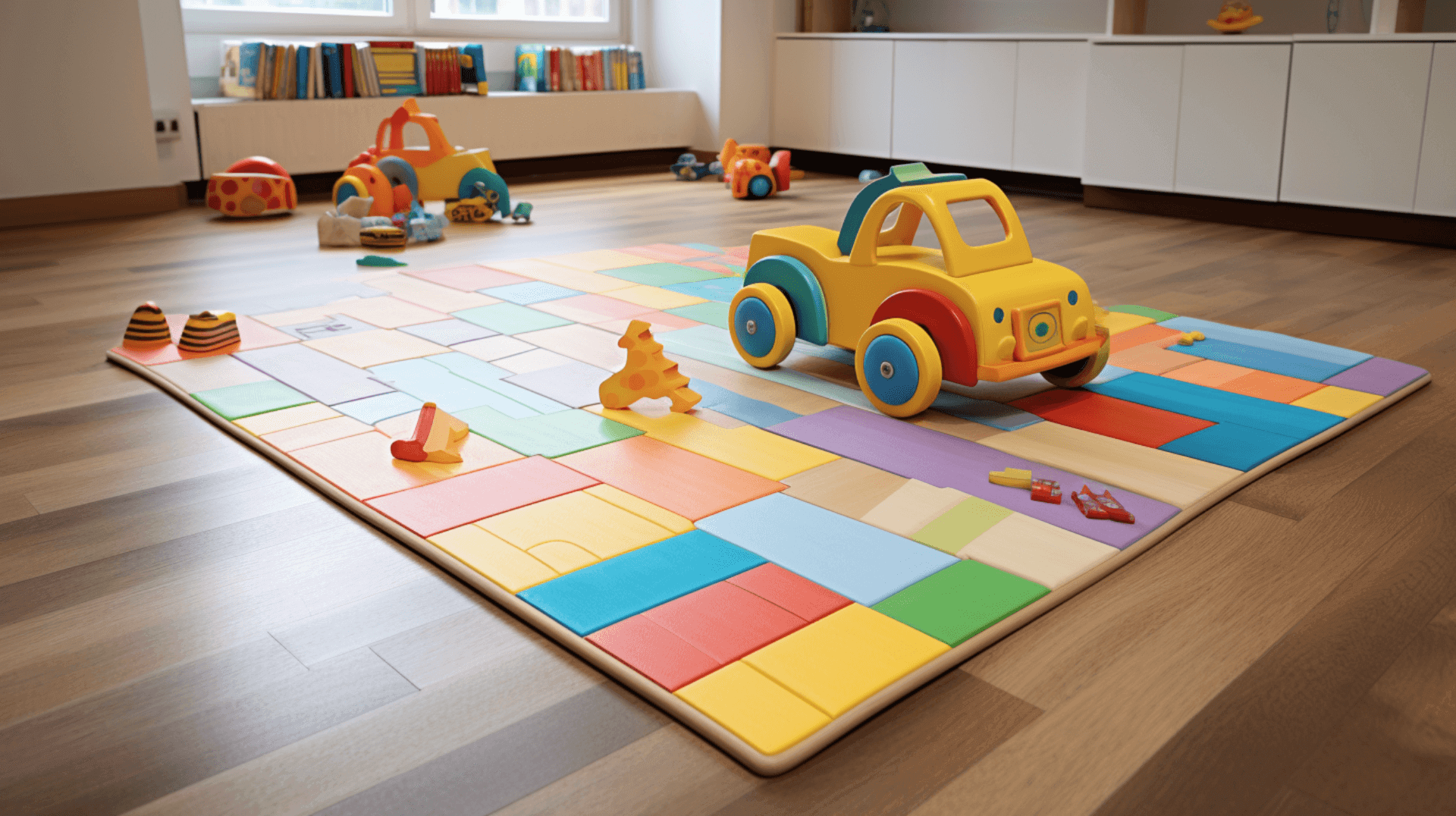
GJP Floor Sanding provides comprehensive services and solutions for protecting and maintaining wooden floors. Our expertise in identifying and repairing existing damage, as well as our knowledge of the best products, techniques, and materials for protecting and maintaining wooden floors, can help homeowners and business owners extend the life and enhance the appearance of our wooden floors.
GJP Floor Sanding offers a range of services, including floor sanding, staining, sealing, and waxing, as well as expert advice on the best practices for protecting and maintaining wooden floors. We can provide guidance on the use of vapor permeance materials with a perm rating of no less than 1 perm, pre-tensioning, reducer strips, relative humidity management, and the use of push-blocks/push-sticks for safe handling. We can also advise on the use of ring shank nails and ring-porous species, insulation, ventilation, air testing, and the isolation of services and mains supply. Additionally, we can provide advice on moisture control barriers, cold bridging, protected species, and various options for insulating a suspended timber floor, such as roll or batt insulation, spray foam, and underfloor heating.
By utilizing the services and expertise of GJP Floor Sanding, homeowners and business owners can benefit from our comprehensive knowledge and tailored solutions for protecting and maintaining wooden floors. Our attention to detail and commitment to industry standards ensure that your wooden floors are in good hands. To get in touch with GJP Floor Sanding for a consultation or service request, you can visit our website or contact our customer service team.
